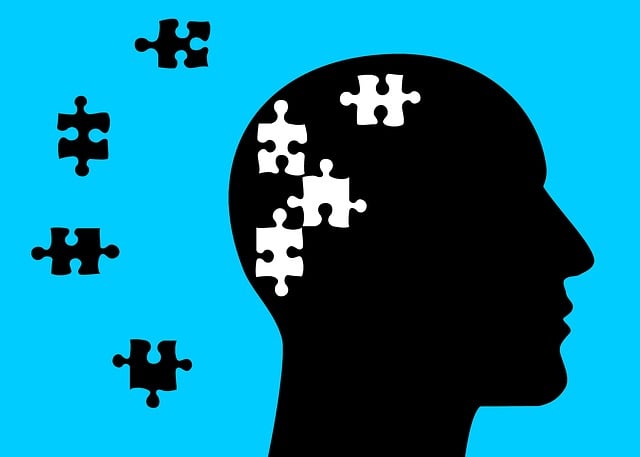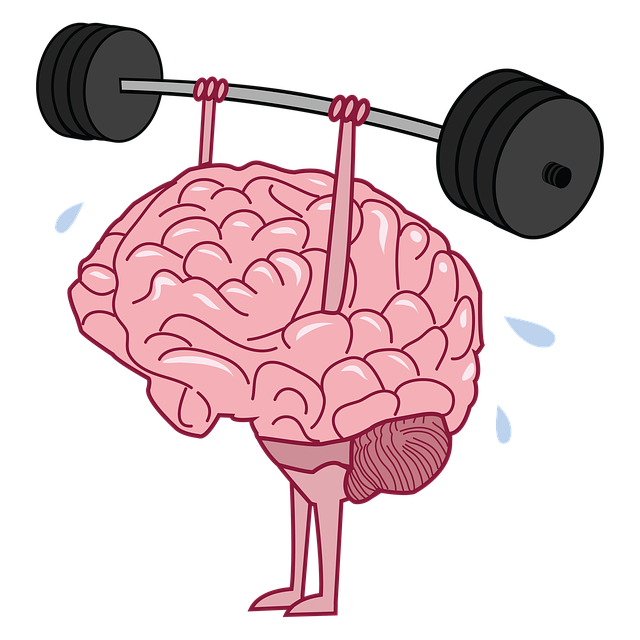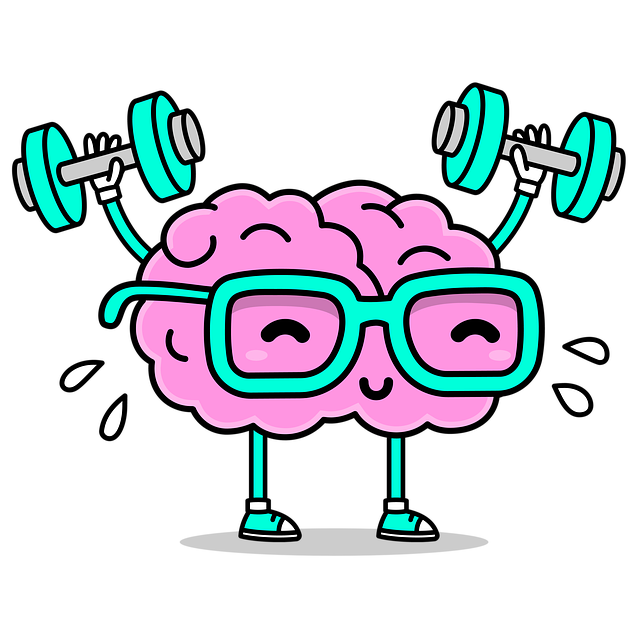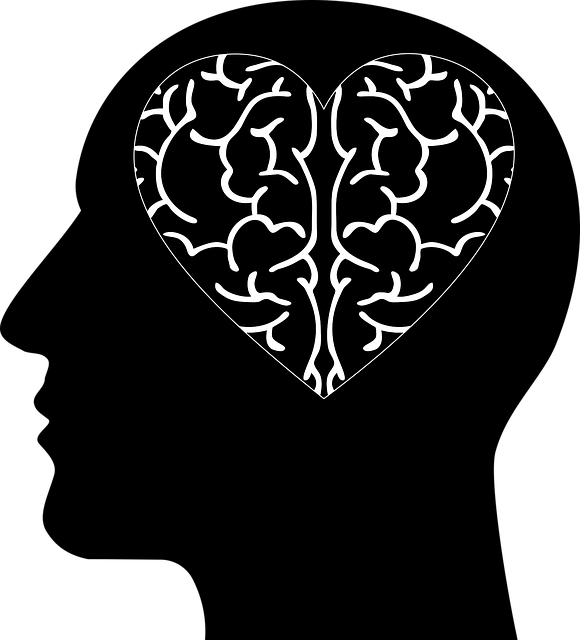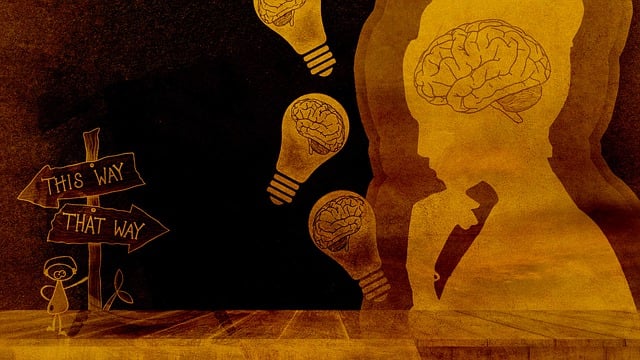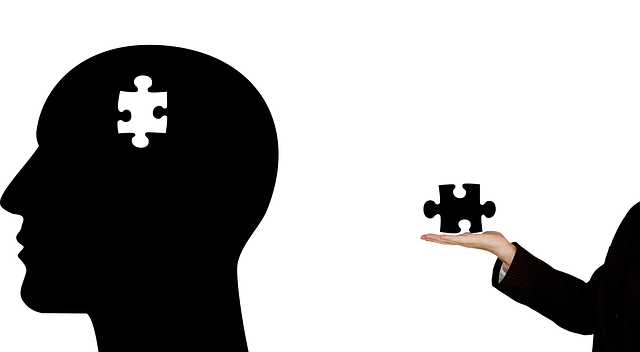Resilience, through frameworks like RFM (Resilience, Flexibility, Mastery), is crucial for mental well-being and overcoming adversity. Eye Movement Desensitization and Reprocessing (EMDR) therapy combines exposure with bilateral stimulation to process traumatic memories and promote emotional regulation. Self-awareness exercises and risk assessment techniques help clients manage triggers and develop personalized stress strategies. Integrating RFM with EMDR offers a holistic approach, fostering mastery over life experiences, reducing anxiety, and enhancing well-being through tailored self-awareness practices. This method leads to long-lasting resilience and improved therapy outcomes, emphasizing the effectiveness of EMDR as therapy for EMDR.
“Discover the power of RFM (Resilience-Focused Mindfulness) as a transformative tool in building emotional resilience. This article explores its pivotal role in enhancing coping strategies and emotional regulation, particularly within the context of therapy for EMDR (Eye Movement Desensitization and Reprocessing). We’ll guide you through practical exercises that harness RFM’s potential, offering a holistic approach to healing. By integrating these techniques, individuals can navigate life’s challenges with increased resilience and well-being.”
- Understanding RFM and Its Role in Resilience Building
- Exercises to Enhance Emotional Regulation and Coping Mechanisms
- Integrating RFM into EMDR Therapy for Holistic Healing
Understanding RFM and Its Role in Resilience Building

Resilience is a crucial aspect of mental well-being, enabling individuals to bounce back from adversity and lead fulfilling lives. RFM (Resilience, Flexibility, and Mastery) is a therapeutic framework that has gained prominence in fostering resilience, especially through practices like EMDR (Eye Movement Desensitization and Reprocessing). This approach recognizes the importance of developing coping strategies and emotional agility to navigate life’s challenges effectively.
Incorporating RFM into therapy sessions offers a structured path for individuals to enhance their resilience. For instance, within the context of EMDR therapy, clients can explore traumatic memories while engaging in bilateral stimulation, helping them process and release distressing emotions. This process empowers them with a sense of control and mastery over their experiences. Moreover, community outreach programs that implement RFM-based workshops or healthcare provider training in cultural competency and compassion cultivation practices can significantly contribute to building resilient individuals and communities.
Exercises to Enhance Emotional Regulation and Coping Mechanisms

Emotional regulation is a key component in building resilience, and various exercises can help individuals manage their emotions effectively. One such powerful therapy is Eye Movement Desensitization and Reprocessing (EMDR), which has been recognized as an innovative approach to address traumatic experiences. EMDR combines exposure therapy with bilateral stimulation, enabling clients to process and resolve distressing memories, thereby enhancing emotional well-being promotion techniques. Through this therapy, individuals can learn to regulate their emotions, develop healthier coping mechanisms, and reduce the impact of traumatic events on their mental health.
Self-awareness exercises are also integral to emotional regulation. Encouraging individuals to reflect on their feelings, thoughts, and behaviors allows them to identify triggers and develop personalized strategies for managing stress. This process fosters a deeper understanding of one’s emotional responses, enabling better self-management and improved resilience. Additionally, mental health professionals should consider implementing risk assessment techniques to ensure the safety and well-being of clients during these exercises, especially when dealing with complex cases.
Integrating RFM into EMDR Therapy for Holistic Healing

Integrating RFM (Resilience, Flexibility, and Mastery) into EMDR (Eye Movement Desensitization and Reprocessing) therapy offers a holistic healing approach for individuals seeking to overcome trauma and anxiety. This synergistic combination leverages the power of both techniques to foster self-awareness exercises and crisis intervention guidance. By incorporating RFM practices within the framework of EMDR therapy, clients can develop enhanced coping mechanisms and improve their ability to manage distressing emotions effectively.
The integration process involves tailoring self-awareness exercises to help individuals recognize and regulate their emotional responses. This, in turn, supports the desensitization aspect of EMDR, allowing for deeper processing of traumatic memories. Moreover, RFM’s emphasis on building mastery over one’s life experiences can lead to substantial anxiety relief and improved overall well-being. Such an integrated approach ensures a comprehensive therapy experience that addresses both the symptoms and underlying causes, ultimately facilitating long-lasting resilience.
In conclusion, integrating RFM (Resilience-Focused Mindfulness) into therapeutic practices, such as EMDR therapy for EMDR, offers a powerful approach to enhancing emotional resilience. By combining mindfulness techniques with RFM exercises, therapists can help clients develop effective coping strategies and improve their overall well-being. This holistic healing method allows individuals to navigate life’s challenges with greater ease, fostering a sense of empowerment and adaptability.
